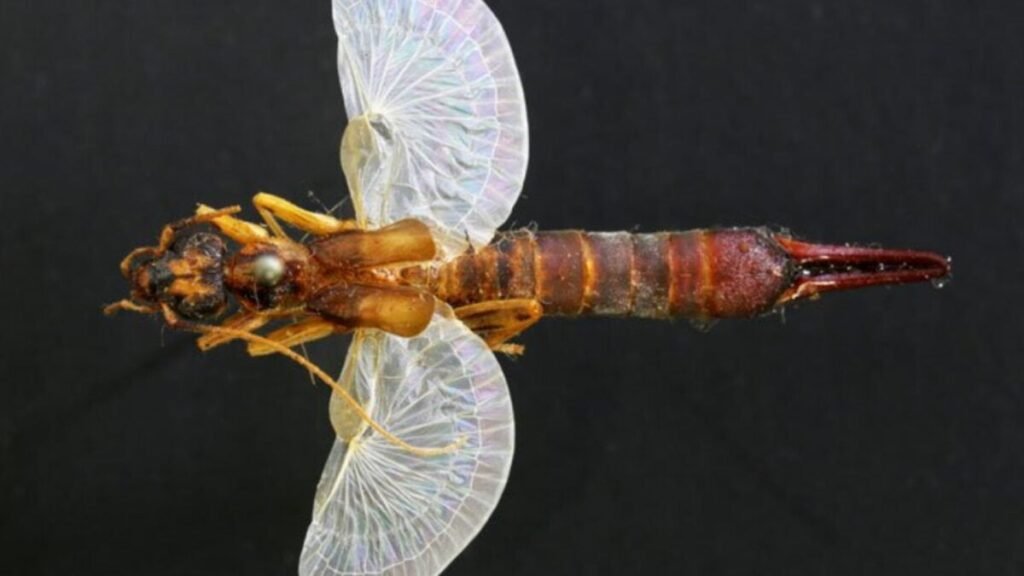The Hidden Art of Nature: Unveiling the Invisible Folds of Insects and Microbes that Spark the Future Technological Evolution

The World’s Oldest Origami Didn’t Originate in Japan
Long before humans learned to fold paper, nature had already turned folding into a perfect form of engineering. In the bodies of insects, plants, and microorganisms, folds serve vital functions: compacting structures, unfolding wings, storing energy, or adapting to changing environments.
Scientists now discover that these natural folding patterns are not only beautiful: they could revolutionize robotics, aeronautics, and smart materials. According to Knowable Magazine, teams from universities like Stanford, ETH Zurich, Purdue, and the Pontifical Catholic University of Chile are studying how to imitate these mechanisms to create foldable drones, robots with autonomous movement, and structures capable of transforming themselves.
From a Microbe with an Extensible Neck to Muscles-Free Wings
One of the most striking examples comes from the protist Lacrymaria olor, a unicellular organism that can extend its neck more than thirty times its size in a matter of seconds. Bioengineer Manu Prakash of Stanford University describes it as a “living origami”: its membrane folds into invisible curves that unfold and retract with surgical precision.
These folds act as a molecular spring, storing and releasing energy through “singular” points that direct movement. Prakash dubbed the phenomenon “Lacrygami,” a demonstration of how evolution solved structural problems with an elegance that engineers are just beginning to understand.
From the Lab to Space: Insect-Inspired Engineering
These properties inspired the design of 3D-printed membranes capable of folding and unfolding on their own, paving the way for drone wings that can compact without additional motors.
The connection between origami and technology is not new. In 1985, Japanese astrophysicist Koryo Miura devised a foldable pattern – the Miura-ori – for packaging solar panels on satellites. But it was only in the last two decades that biomimetics, the science that imitates natural solutions, allowed the design of materials with behaviors comparable to living beings.
Engineers from ETH Zurich and Purdue created bistable structures that change shape without requiring constant energy. This could be applied to drones with retractable wings, soft robots capable of passing through narrow spaces, or medical devices that unfold inside the body.






